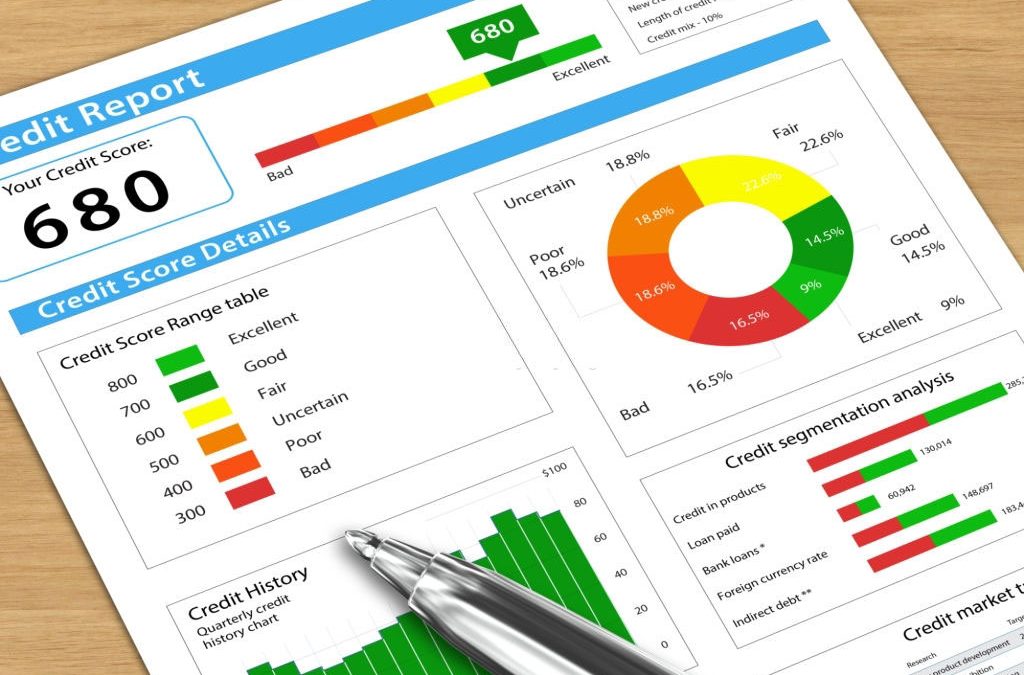There are various kinds of consumer credit reporting companies available in the market. Some agencies work directly by contract agreement with the big nationwide computerized consumer reporting companies. These agencies pay a fixed monthly fee for their access to your file details. Any reliable credit bureau also has access to other agencies’ records.
Other kinds of agencies like metro ones or nationwide services charge a nominal annual fee and provide all-encompassing credit reporting services. They include your financial standing with banks and lenders, credit score, credit reports, and so on. They also include any bankruptcy filed against you as well as any court cases.
In the US, Lewis Tappan is known as the “father of modern-day credit reporting services.” It was founded in 1933 by a former stockbroker. Mr. Tappan saw the need for an all-encompassing credit report that would enable lenders to make informed decisions about individual borrowers. To this end, he developed a system that is still in use today and continues to evolve.
As opposed to the traditional agencies which used to use a single report for consumers, today’s system includes multiple credit bureaus from which a consumer can choose which reports to review and which not to. Each bureau’s list of items is different. For example, a lender may report your debt to three or four credit bureaus. The purpose of this is to ensure that all of the information on your credit report are valid and accurate.
The business credit reporting bureaus include such major players as Dun & Bradstreet (D&B), Dun & Bradstreet (DBA), and Equifax. They are available to all consumers at an affordable price. They provide consumers with their financial standing in terms of personal credit, business credit, auto financing, home loans, auto insurance, and even lending in the form of credit cards. Consumers have a right to request a copy of their credit reports and they can use the online methods provided by these agencies to do so.
One of the main features of the service that most consumers enjoy is the ability to get a full account of their history from just one source. This includes a detailed report that identifies any collection activity, whether from creditors or finance companies. It will also show how you have managed your accounts, such as how many accounts you have opened, the balance each account is carrying, the interest rates, and the monthly payments. Another feature that consumers appreciate is the option to request a copy of their credit score from each bureau. This allows them to compare the scores to find out whether their scores are similar. If there are significant differences between the scores, then it may be wise to work with the bureau that is able to offer the best customer service.
With the internet, consumers are able to get the same information at the same time that the agencies have it. Once the credit reports and FICO scores have been compiled, they can be found using the appropriate tools provided online. Most websites require users to enter a small amount of personal information in order to access the information they need. In addition, a secure gateway is usually used in order to ensure that only those authorized can access the information. Once this information has been accessed, the consumer can check the results within minutes.
Lenders use the CRAs when deciding whether or not to approve a loan applicant. This is because the scores allow them to make sure that the applicant isn’t a high risk. This allows them to offer loans at a lower interest rate, since the risk of default isn’t as high. By offering consumers a chance to view their credit reports, the credit bureaus are able to provide a valuable service.

